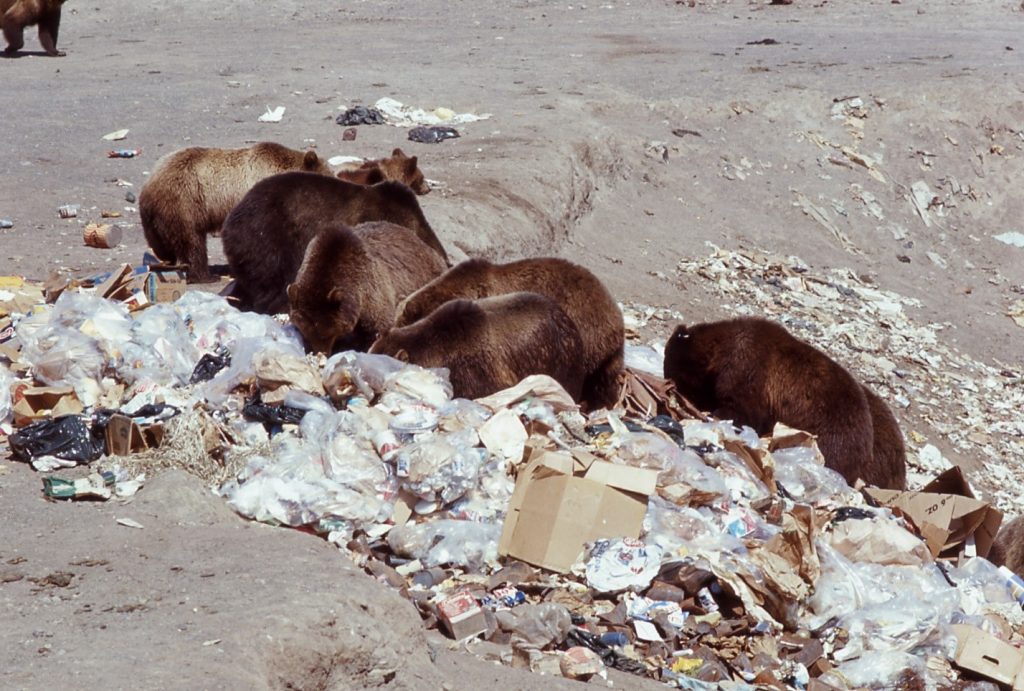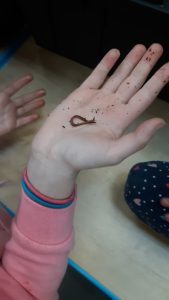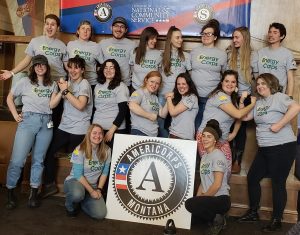By Rachel Dodgen
Humans are creatures of habit. What we repeatedly do and spend time thinking about ultimately forms the persons we are, the things we believe, and the personalities we portray. When I was little, I immersed myself in the outdoors and spent my evenings with the turtles and toads in the creek behind my house. In my imagination I was their magical woodland fairy, guardian and protector. These early thoughts and actions – my habits – formed me into the person I am today.
Twenty years later, I now guard and protect nature any way I can – through my habits and career and strive for others to do the same. I have pursued a sustainable lifestyle to the best of my abilities ever since I first heard the term “global warming” now broadened to the undeniable threats of climate change. Still, I have habits I cannot seem to break that aren’t sustainable in nature, a challenge sustainability has always faced and will continue to face as long as humans exist.
Part of my responsibilities in my service at Yellowstone is tracking and reporting energy use, water use, and waste management throughout the park. The numbers are not encouraging. Energy use is steadily increasing. Waste diversion is down to about 50% of waste being recycled or composted in 2018 compared to 60% in 2017, and 2019 is looking to be even lower.
To be fair, some of this is out of the park’s control. For example, China and other countries’ refusal to take U.S. recyclables caused Yellowstone to limit plastic collection to just #1 and #2 bottles as opposed to all plastics. Increase in visitation and the resultant extended busy season is going to cause an increase in overall energy and water use. So, the question becomes what can Yellowstone do to solve this ever-increasing use? What can be done to incorporate sustainability measures into every aspect of the park? Design for bad habits.
Yellowstone is full of people with bad habits, and visitors are not solely to blame. According to a visitor use study conducted in 2018, the average visitor spent three days in the park and only about a quarter stayed within the park overnight. Yellowstone employs about 4,000 people throughout the year with about 3,700 being seasonal summer employees. Although this number dwarfs in comparison to the over 4 million visitors each year, each employee has a greater individual impact on energy, water, and waste management due to spending a longer time within the park using its facilities. I, myself, indulge in the hottest, longest showers, sometimes only getting out when the water starts to get cold. I am constantly turning the lights off in empty rooms around my house. Employees at the stores around the park have admitted to throwing away cardboard boxes instead of properly breaking them down and recycling them. People around my office leave their computers on through nights and weekends. The list of bad habits goes on and on…
These habits formed one way or another, whether it be laziness, ignorance, or a deep-rooted childhood thought, are not easy to break. A few years ago, a huge no idling campaign was pushed in the park to reduce vehicle fuel consumption, mainly aimed at employees. After the fact, idling has not reduced. It is ingrained in the culture, in the habits, to turn your car on 5 to 10 minutes before in the morning to warm it up and to keep the car on in a traffic jam so we can get on our way as fast as possible. We could not convince people to break this habit, but in turn, we learned a lesson. Don’t leave it up to the individual. Sustainability measures seem to be more successful when the individual is removed from the equation and design takes over.
How does that translate to Yellowstone National Park (and even to your place of work and home)? Install LEDs, motion sensors, low flow toilets (yes, they do flush on the first try), faucet aerators, energy efficient appliances, and air seal and improve insulation in housing units. These are all great opportunities and just the beginning! As technology continues to improve at exponential rates, energy and water saving measures will be able to be incorporated in more impactful ways. Smart technology (even though it scares some) is an effective way to remove individual responsibility. This doesn’t mean individuals can’t take crucial steps towards reducing consumption, it just means a large entity like Yellowstone National Park can’t count on everyone to do their part. It’s the hard truth but it cannot be denied. The best way to predict the future is to design it.








